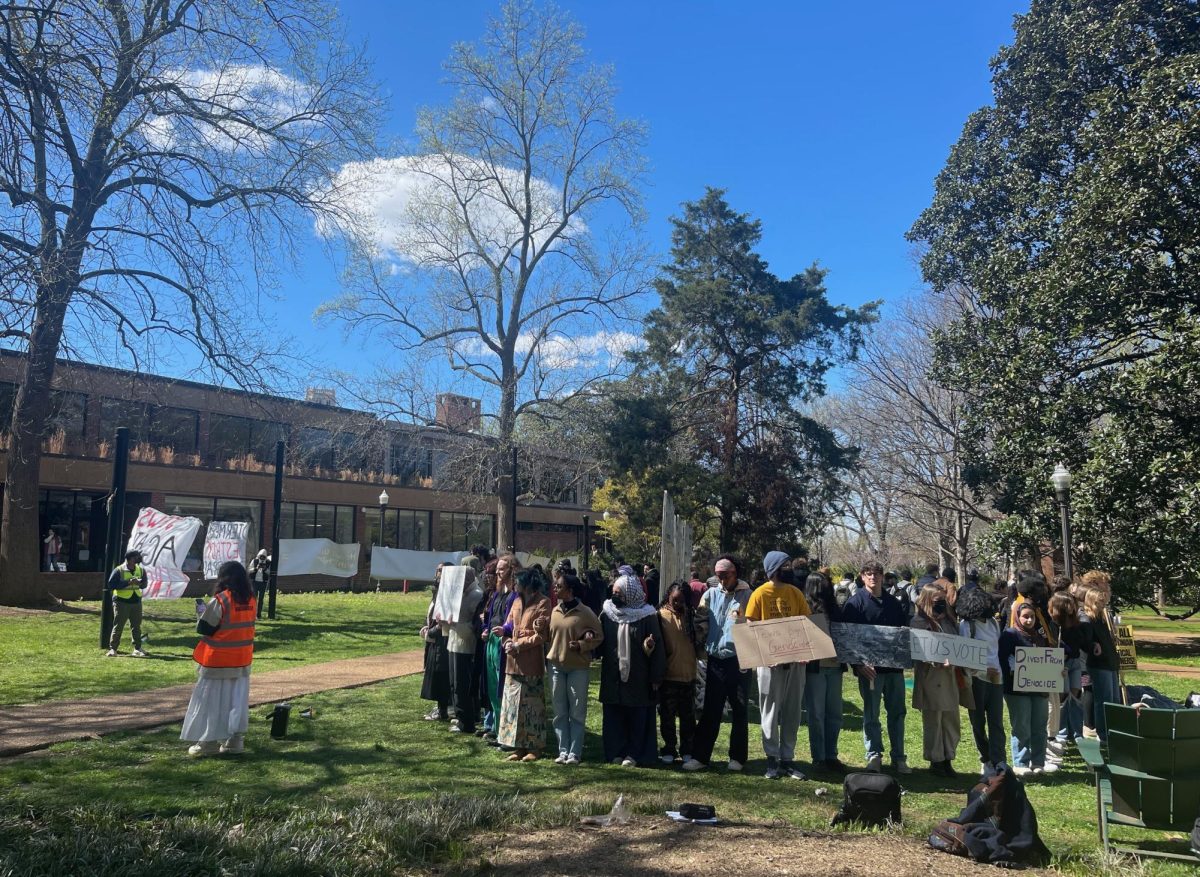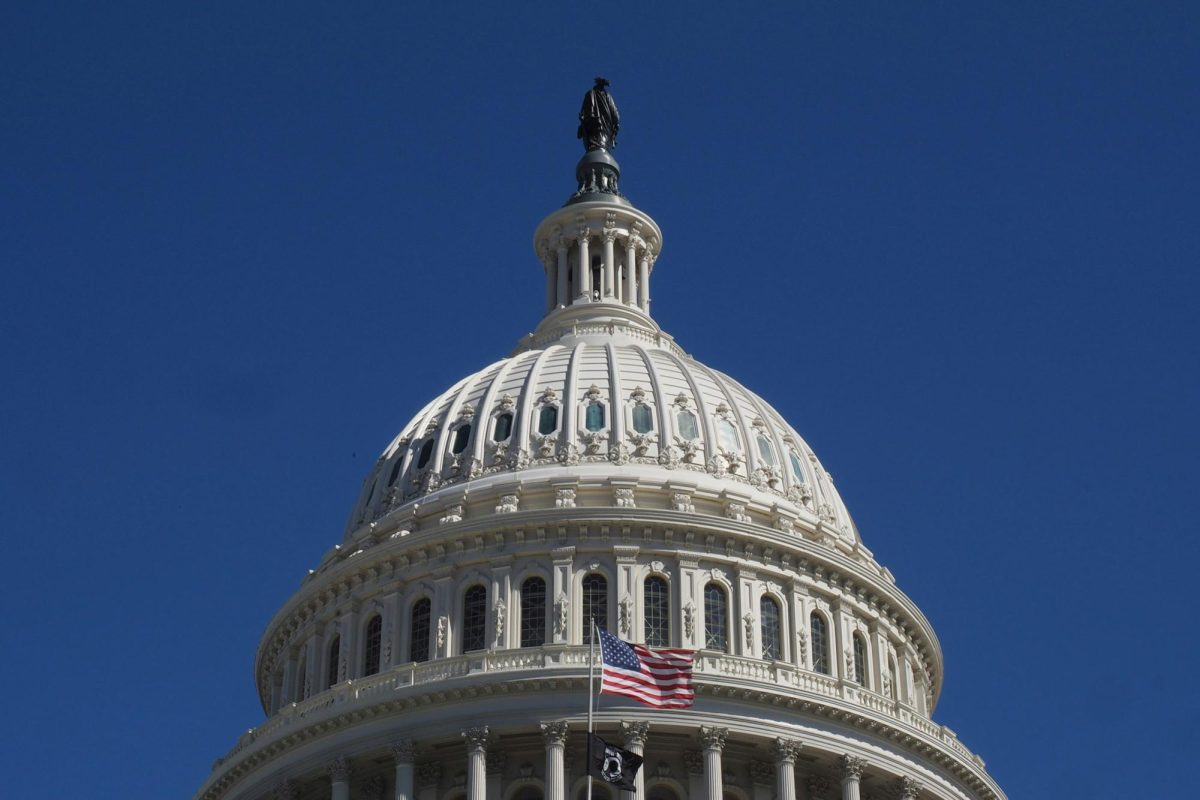Over the past several months, a significant disconnect between the state of the economy and the public perception of the economy has emerged. By nearly all traditional metrics of the economy, America is in great shape. Unemployment remains below 4%, about the same as it was before the COVID-19 pandemic. All three major stock indexes are strong, reaching record highs in the past weeks. While inflation remains slightly short of pre-pandemic levels, it has fallen far below the record highs it hit during 2021 and 2022. Yet despite these seemingly robust indicators, Americans remain largely skeptical about the economy’s improvement. The University of Michigan’s consumer sentiment index sat at 76.9 for the month of February; while a significant improvement over the lows of the previous two years, that’s a mark lower than much of even the summer of 2020, when unemployment had reached double digits.
One possible explanation for this disconnect is that the improvement in economic indicators has yet to fully appear in people’s day to day lives. Inflation in 2021 and 2022 reached its highest rate in decades; compared to some other measures of economic strength, the impacts of inflation can be hard to forget even as inflation itself decreases. As Vanderbilt Political Science Professor John Sides notes, “part of the challenge is that when the inflation rate goes down, that doesn’t actually mean that prices go back down to where they were before.” He also notes the possibility that interest rates and the media’s overall depiction of the economy have influenced the way people perceive its status. Side asked,“I always think about, has the overall sentiment of news coverage about the economy really improved? It’s improved some, but I’m not sure it’s as positive as it could or should be given all of the other economic signals.”
It is possible that sentiment will continue to shift over the next few months. While polling shows the public is overall still skeptical about the state of the economy, public opinion is still far ahead of where it was at this time last year, or even a few months ago. This shift is by no means guaranteed, however; while the University of Michigan’s consumer sentiment index saw large increases in December and January, it has since stagnated. Gas prices, while having fallen overall since 2022, have risen in the past weeks and remain high compared to their pre-inflation levels, which could help stagnate improvement. As the general election officially begins following Joe Biden and Donald Trump’s clinching of their respective party’s nominations, one of the most interesting questions to consider over the coming months is whether or not the perception of the state of the economy will become closer aligned with economic indicators, and the extent to which this will impact the 2024 presidential election.







